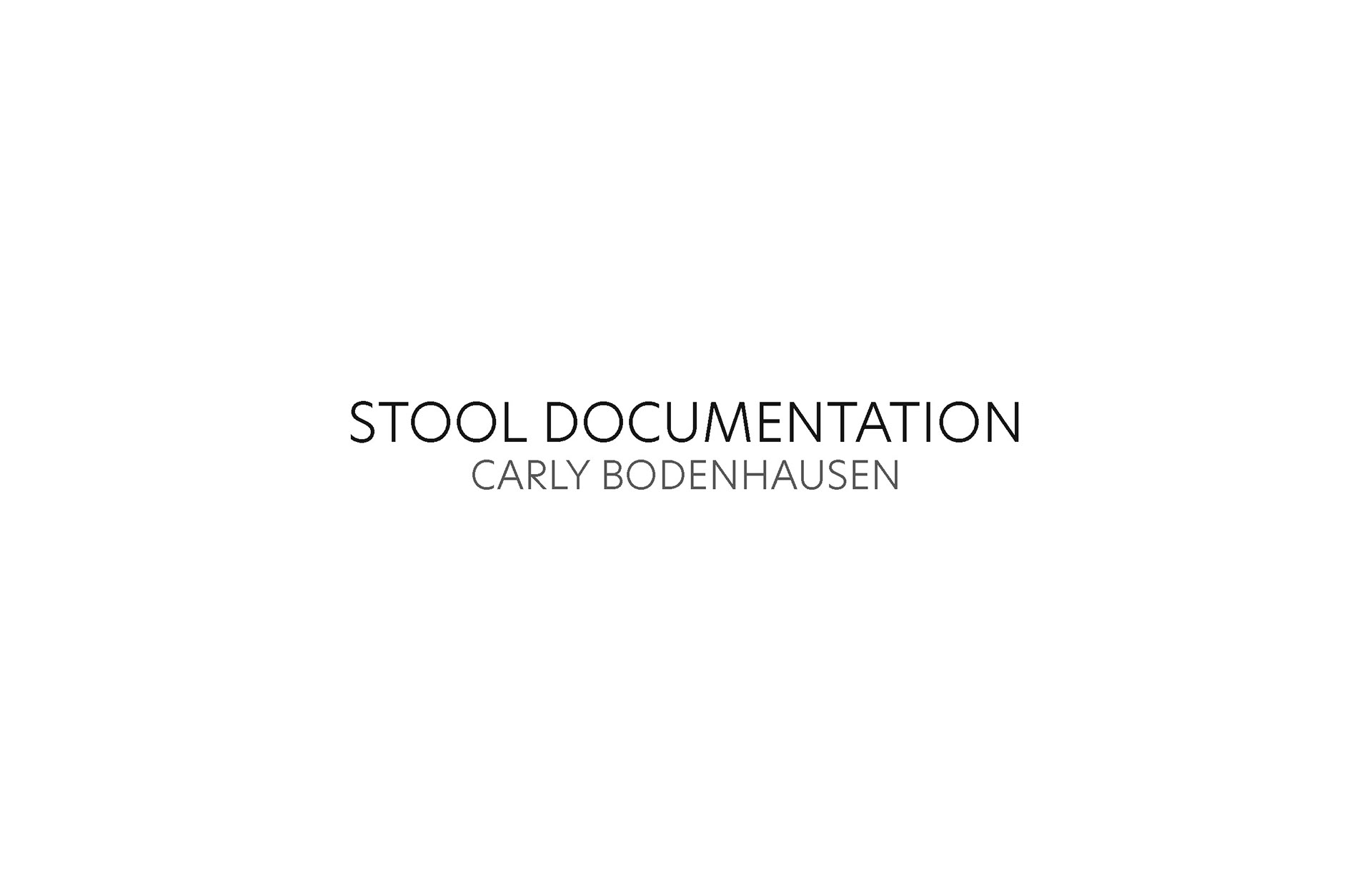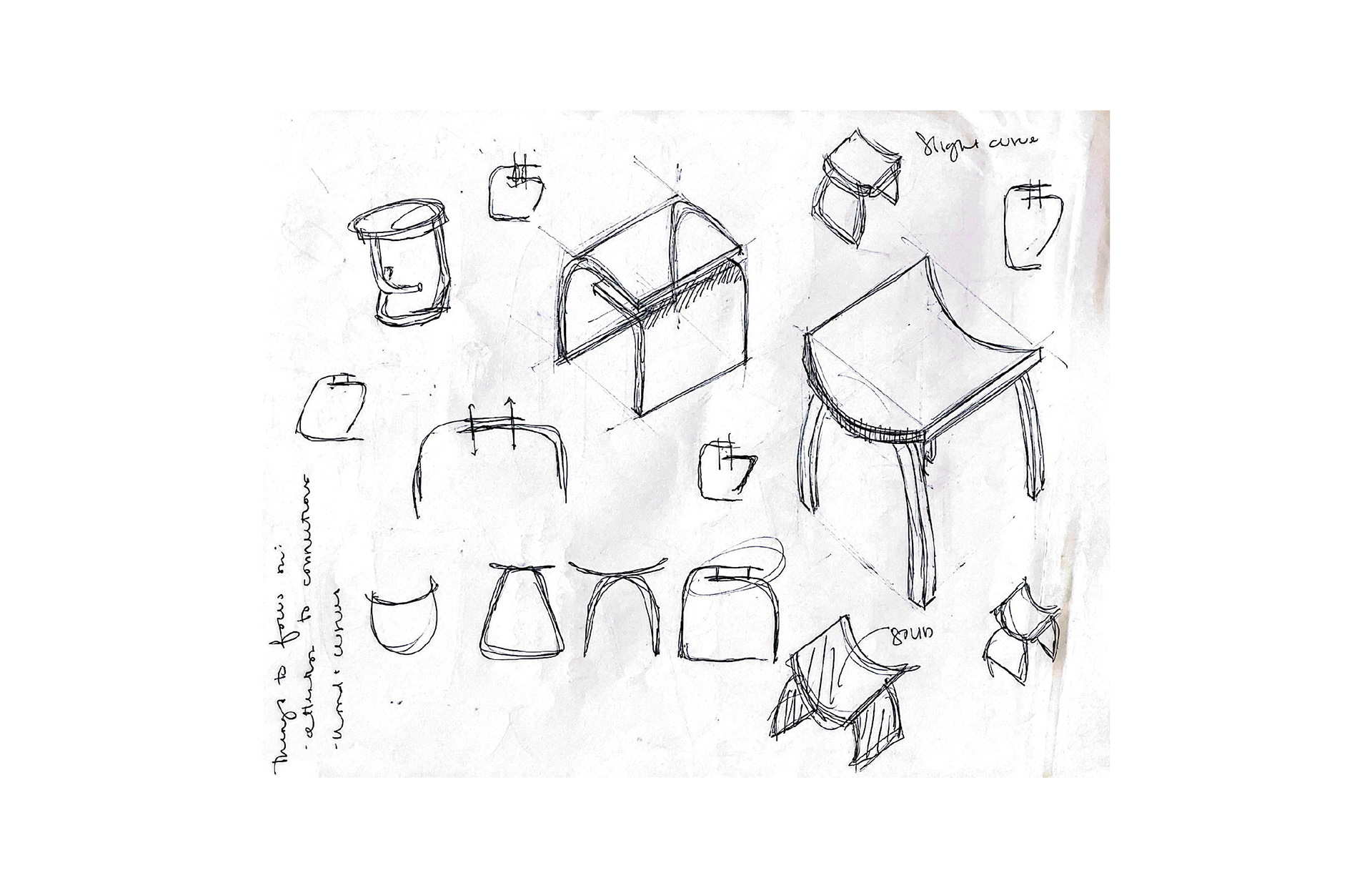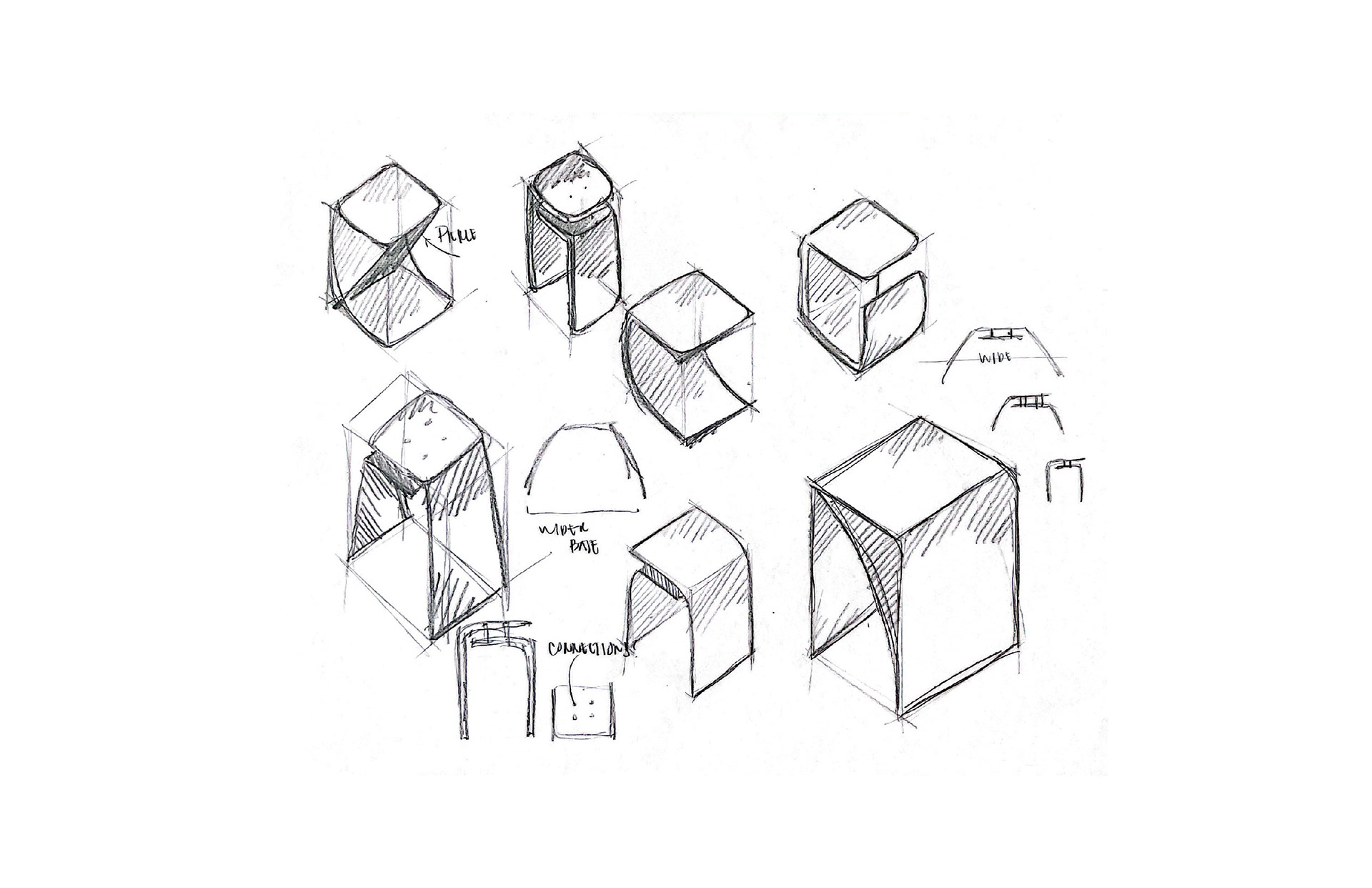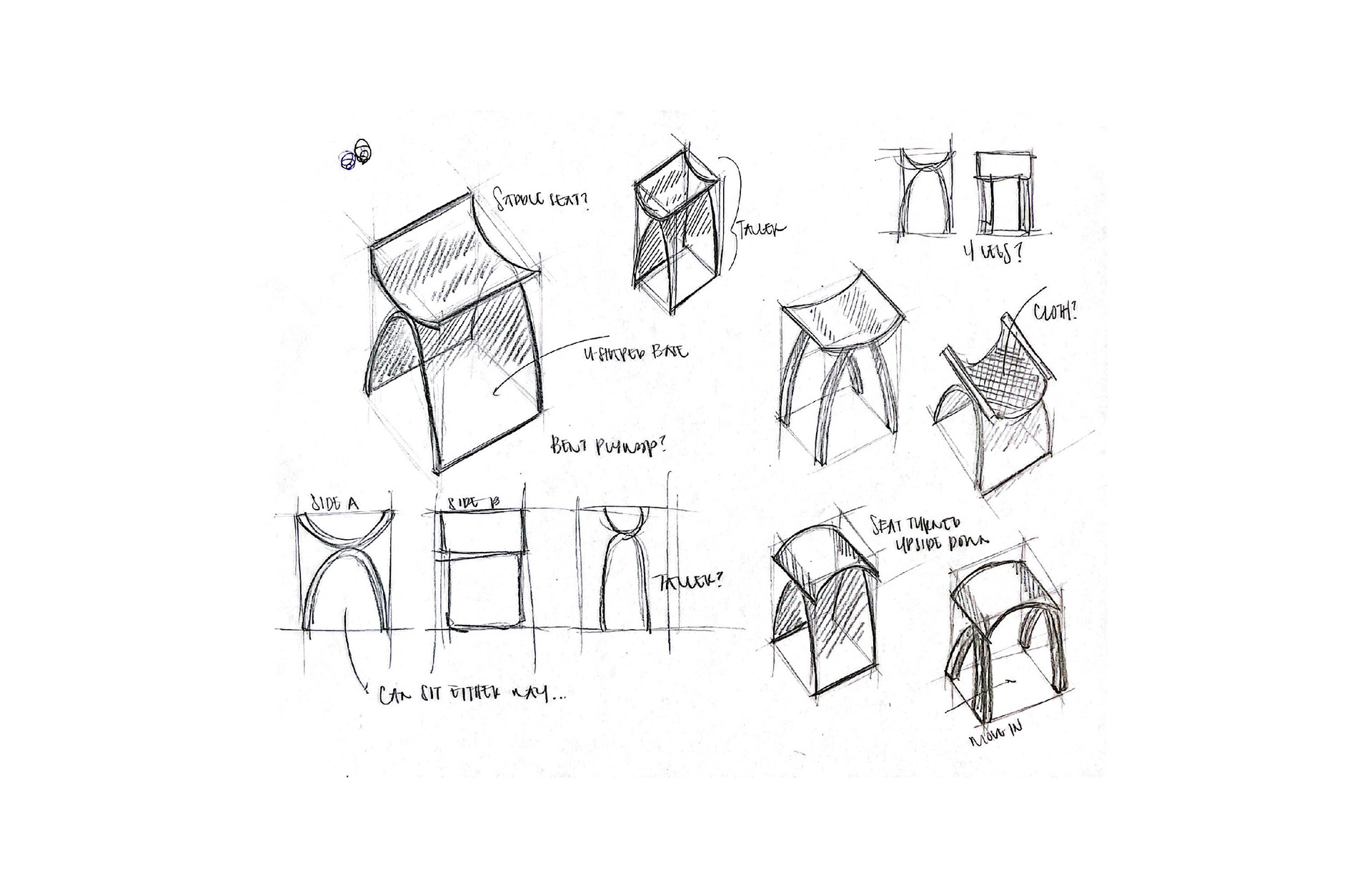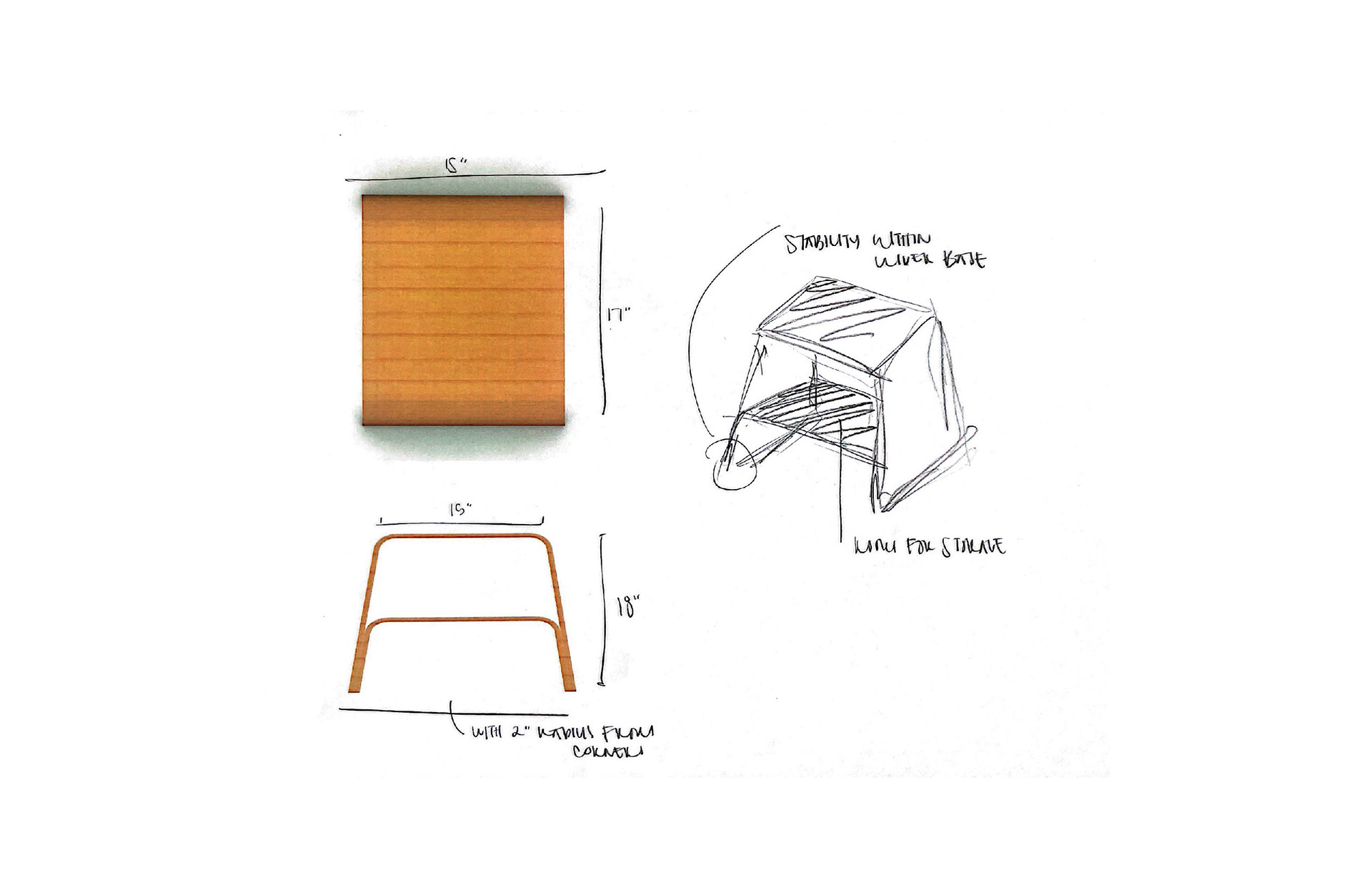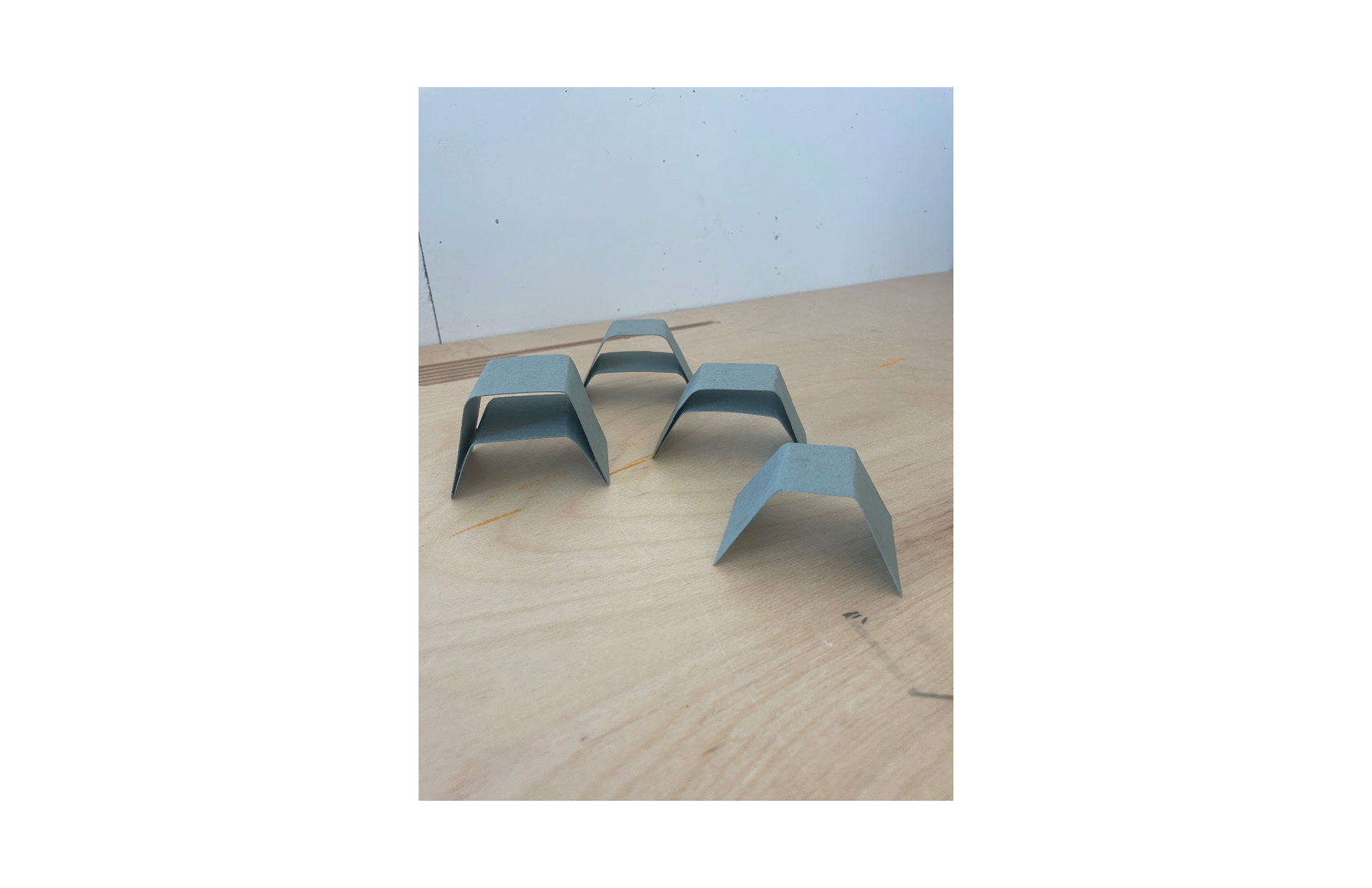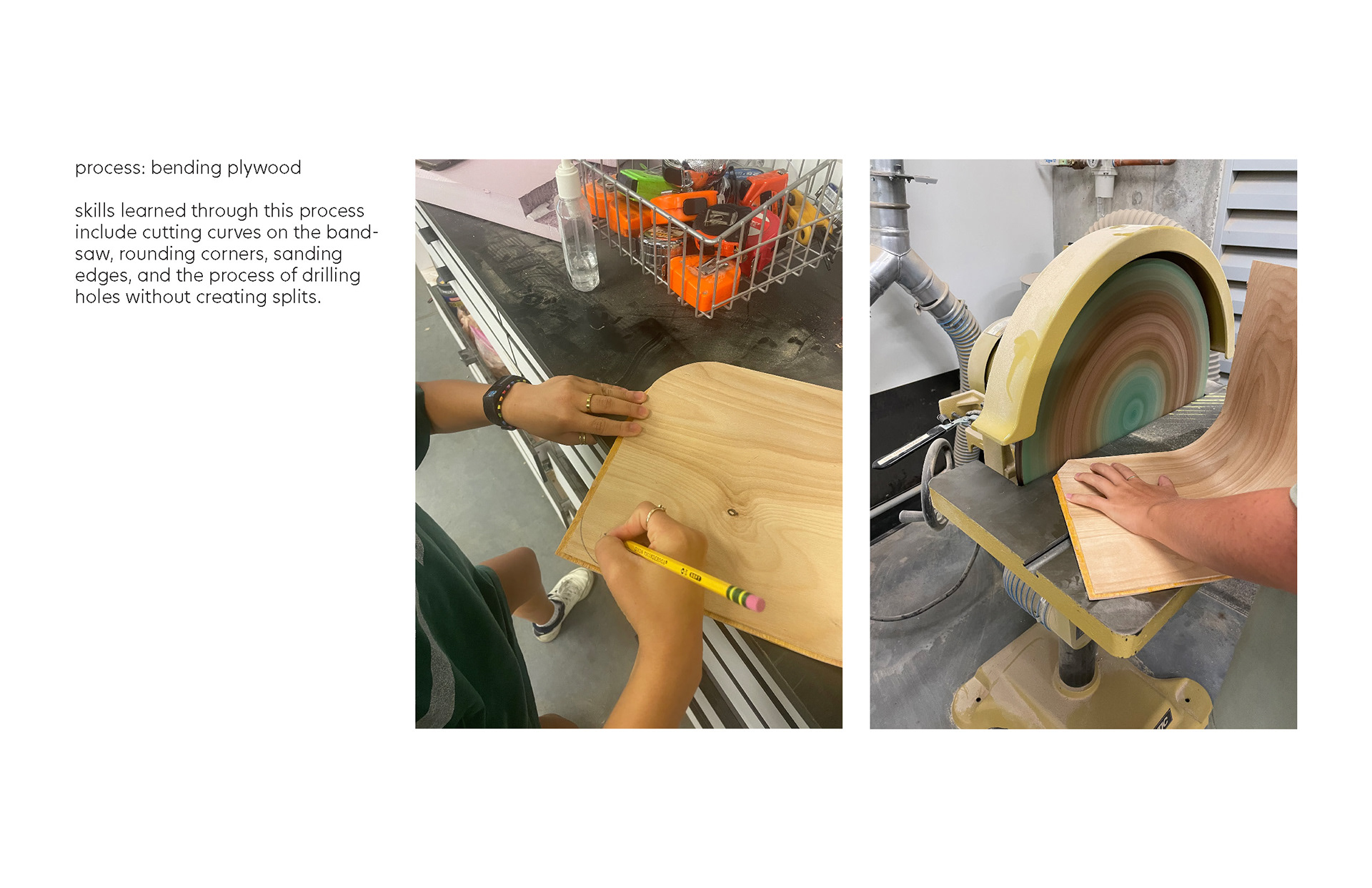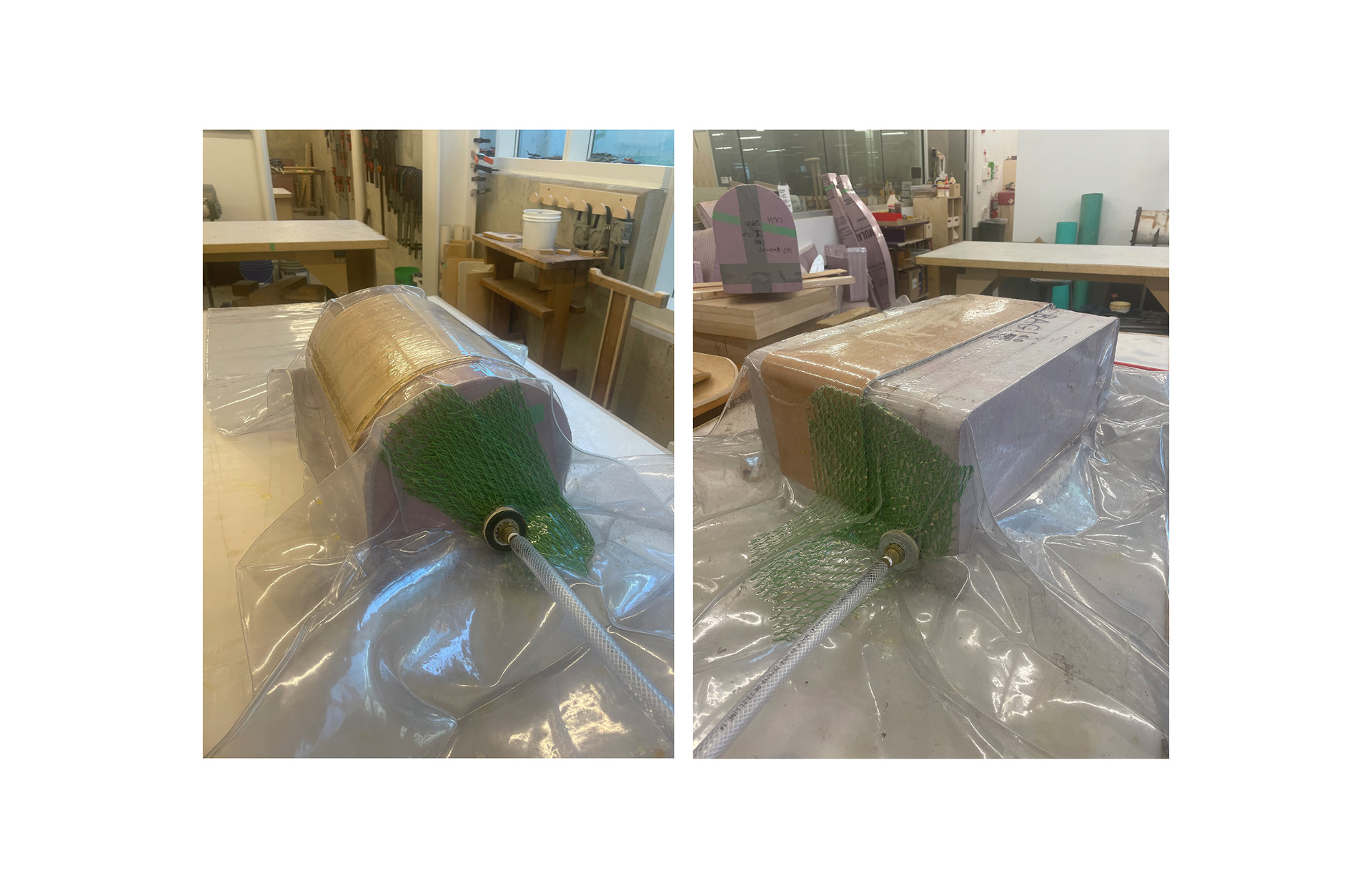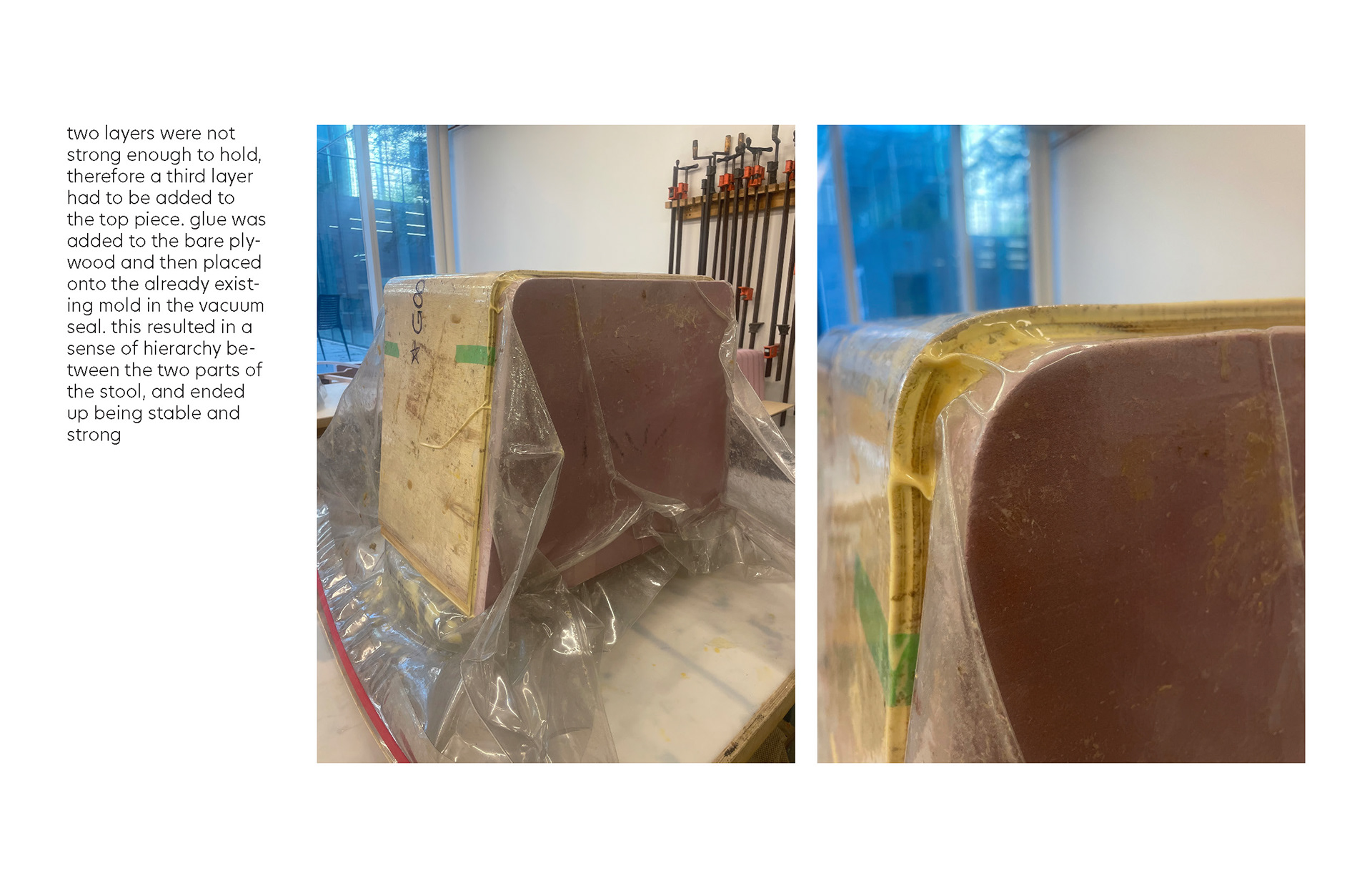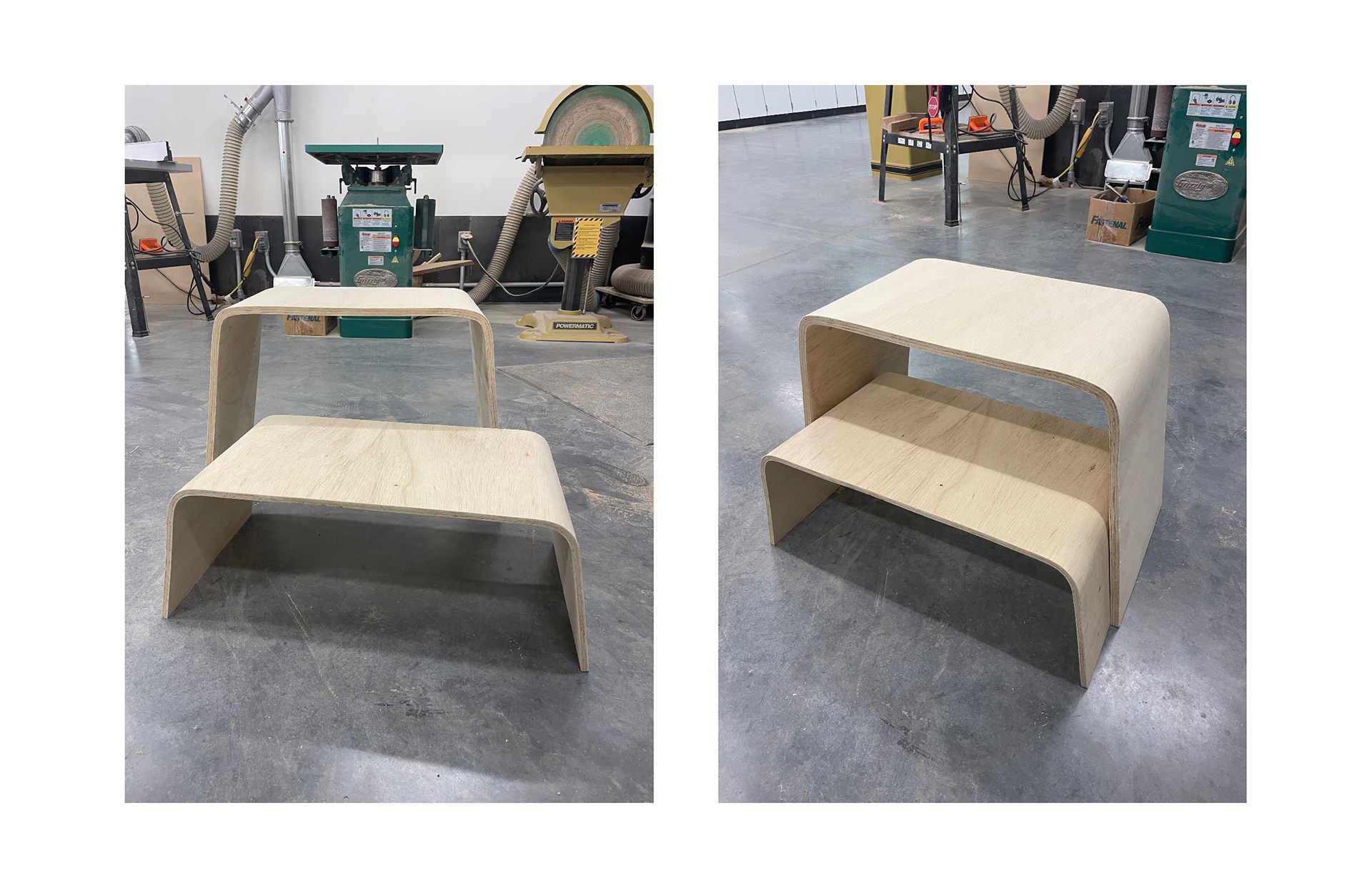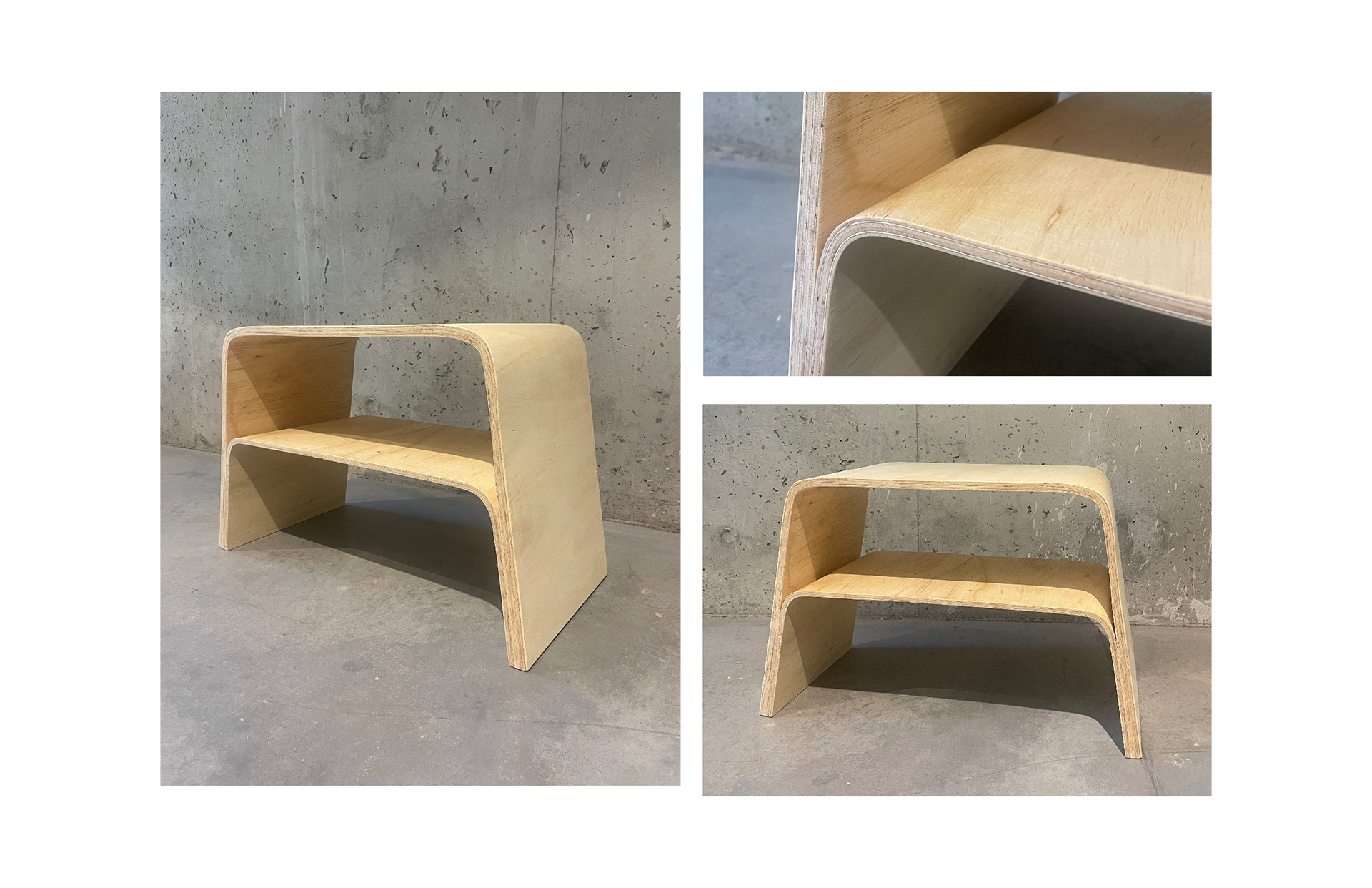Stool or Side Table
You are tasked with designing a Stool or Side Table, but you should keep in mind that your design will need to coordinate with your accent chair design.
Phase 1 - Market/user Analysis
Context (including function)
Where is the product found? What does it do? What is it used for? What is its relative cost?
Users
Who uses the product? Who buys it? Who else might use it? Who is served by its use? Who else is impacted?
Formal Qualities
Describe the formal qualities are common to all side tables? What other existing forms (or processes) are similar to your product?
Precedents and Analogs
What are some relevant existing designs? What are some alternative designs (including using a different product or process to achieve a similar result)?
Materials and Processes
What materials are side tables typically made from? What methods were used to manufacture them?
Environmental Impact
What impact do the materials have on the environment? What impact does the manufacturing process have on the environment? What impact does the use of the object have on the environment? Can it be reused? Recycled? Is it biodegradable?
Strengths / Weaknesses
What are the strengths of the designs you identified above? What are the weaknesses? (You should consider formal, functional, economic, and environmental aspects as identified above).
Opportunities (problems worth solving)
What opportunities exist to improve the product without undermining the success of the current design?
Phase 2 - Exploration and Development
Inspiration and Ideation
What basic aesthetic are you trying to achieve? What style seems most appropriate and relevant? How will you make your design distinct and innovative? What details will entice the viewer to investigate the piece?
Fabrication Exploration
Are your design concepts feasible for your abilities and the capabilities of the shop? Can you fabricate the connections to a level that is flawless? If not, can you hide difficult connections? What materials are the most appropriate? What alternatives exist? What is not working and how can you address it? Will practice resolve craft issues?
Simplification and Refinement
What is the essence of the design? What if anything is taking focus away from the essence of the design? is it essential to the success of the design? What can be removed? What can be combined? How can you make it lighter both visually and physically while maintaining structural integrity?
Proof of Concept
What is the most difficult aspect of the design to fabricate? How many times does that process need to be repeated? What tolerance is necessary? Have you successfully created all connections at an appropriate level of craft? Are you ready to use final materials?
Phase 3 - FabricationFinal Materials
Are materials, colors, and finishes decided? Have you ordered what you need in time to fabricate? Do you have enough material to cover for mistakes?
Fabrication Strategy
Have you “assembled” your piece digitally? What is the order of operations? What can be fabricated in parallel? What needs to be sequential? How much uninterrupted time do you need for each part? What machines are likely to be in use and is it a problem? Glueup time? Who is your “proofreading” partner?
Make the time to make it
Practice on scraps to get the bugs out and then get to fabricating. Plan for things to take three times as long as you think. Mistakes are inevitable. How can you recover? Remake or adjust? Remember to give yourself time for finishes.
Phase 4 - Documentation and Presentation
Design is both a process and a result. Therefore it is critical to communicate not only the design artifact (the thing) but also the series of decisions that led to it (the process).
Deliverables
- Full Scale finished piece of furniture
- Dimensioned line drawings (top, front, side)
- Presentation quality rendering(s) of the proposed design that includes alternate colors, materials, and finishes
- Digital documentation of all research and ideation items including studio photos of the furniture, digital renderings, and a reflection essay. (11"x17" .pdf)
- Succinct digital presentation summarizing your design development including (1) project brief, (2) product analysis, (3) ideation, (4) refinement and (5) proposed design (11"x17" .pdf)
Student Examples
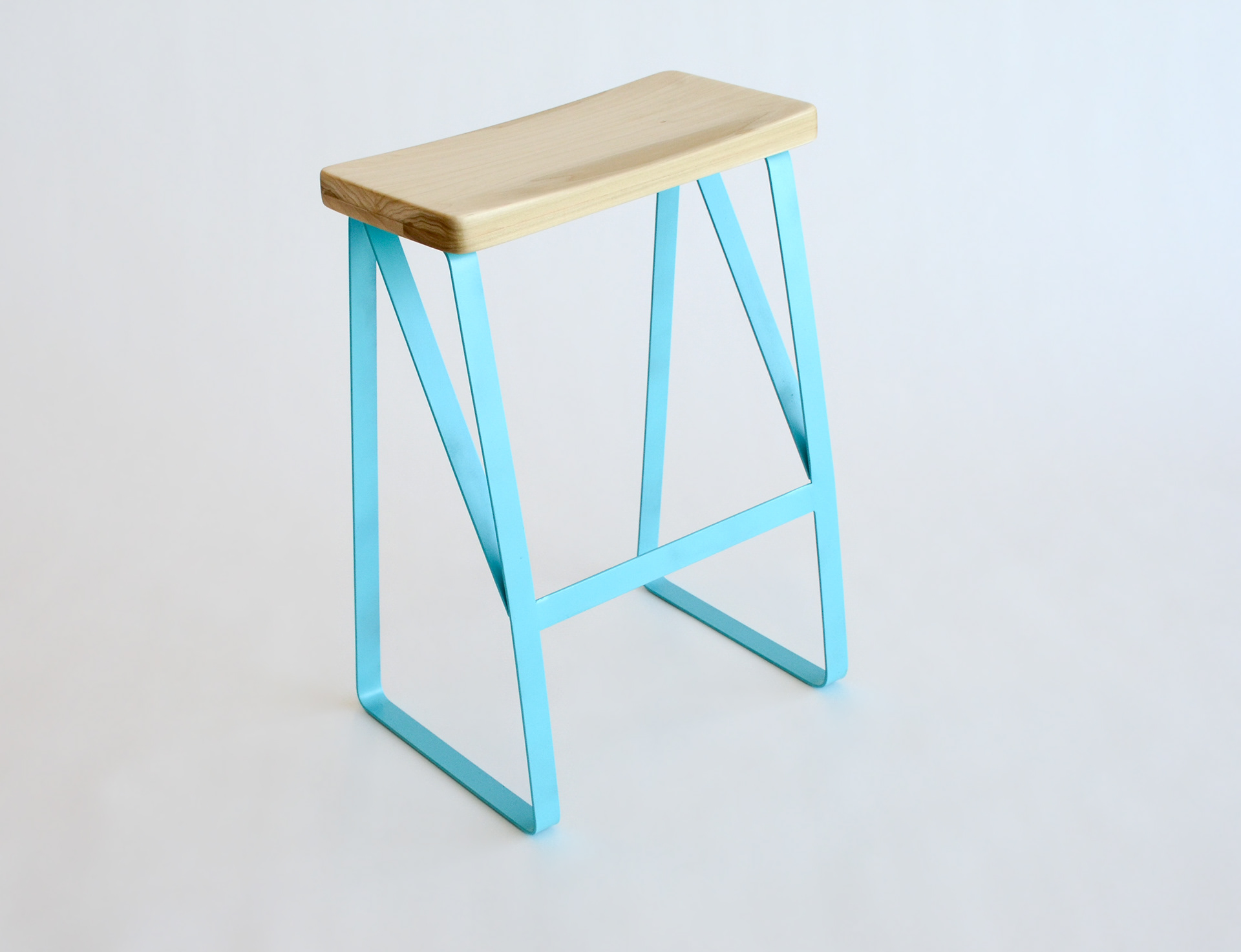
Sophie Daniels - 2022
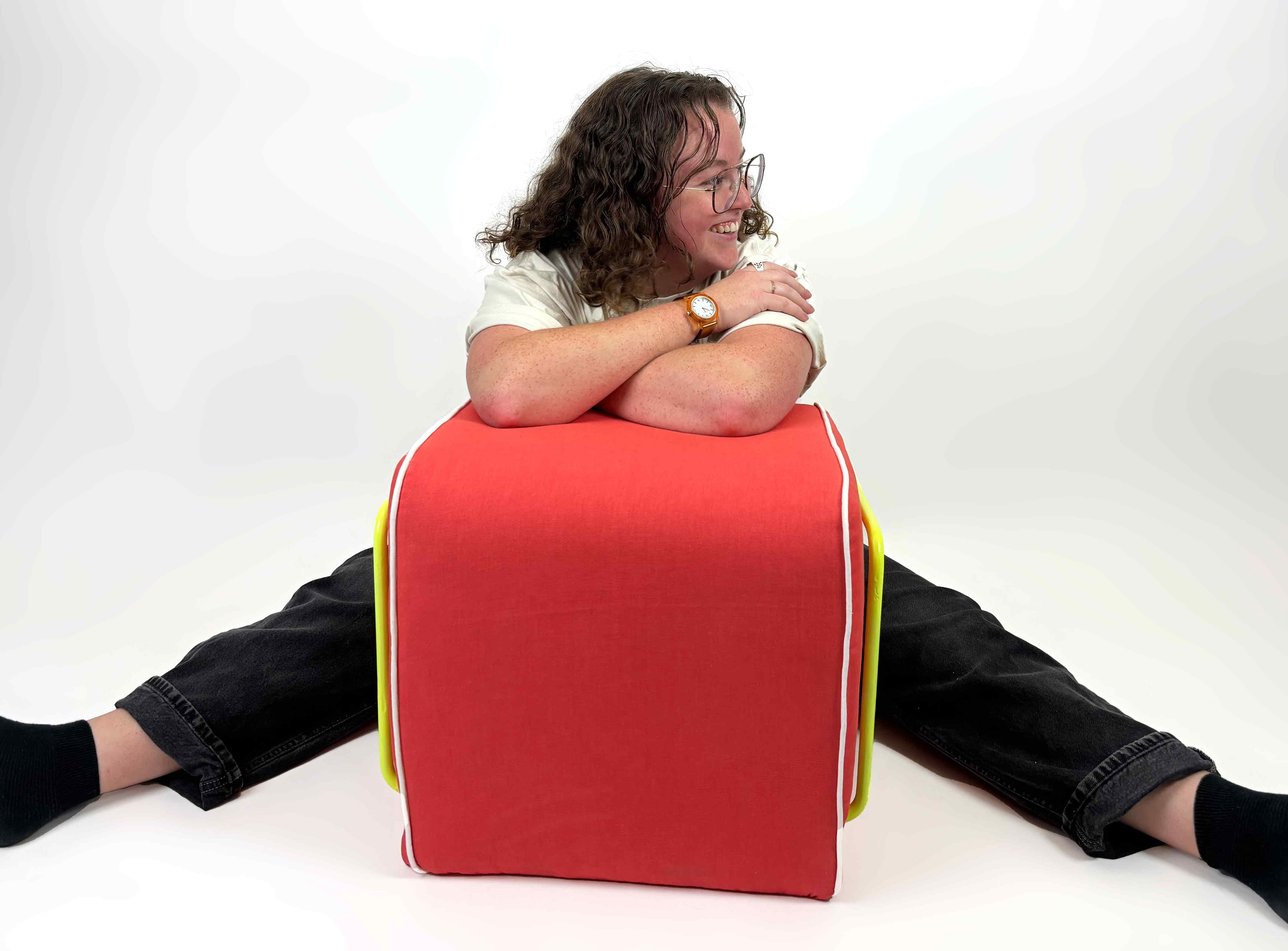
Crista Gorman - 2023
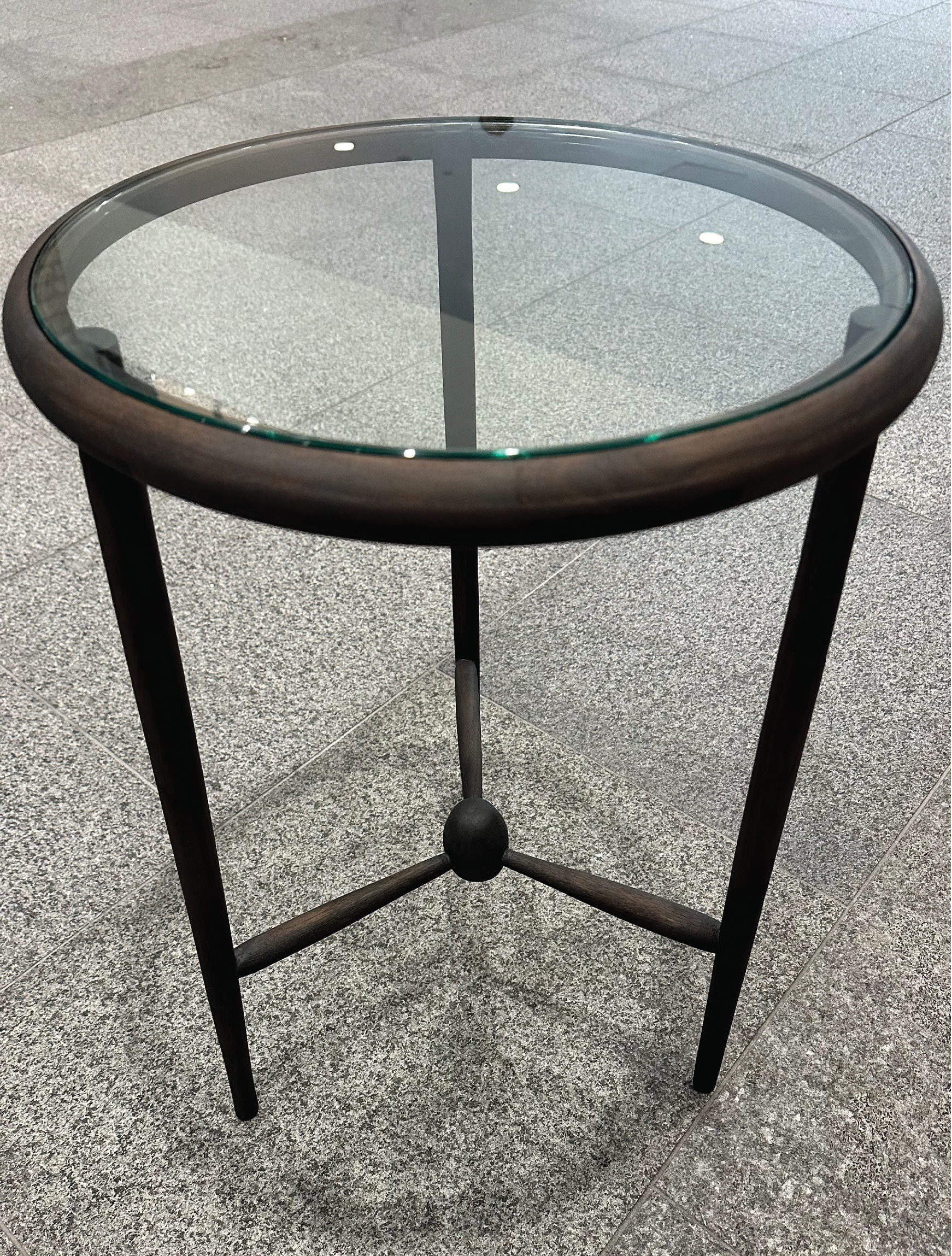
Olivia Kreuger - 2023
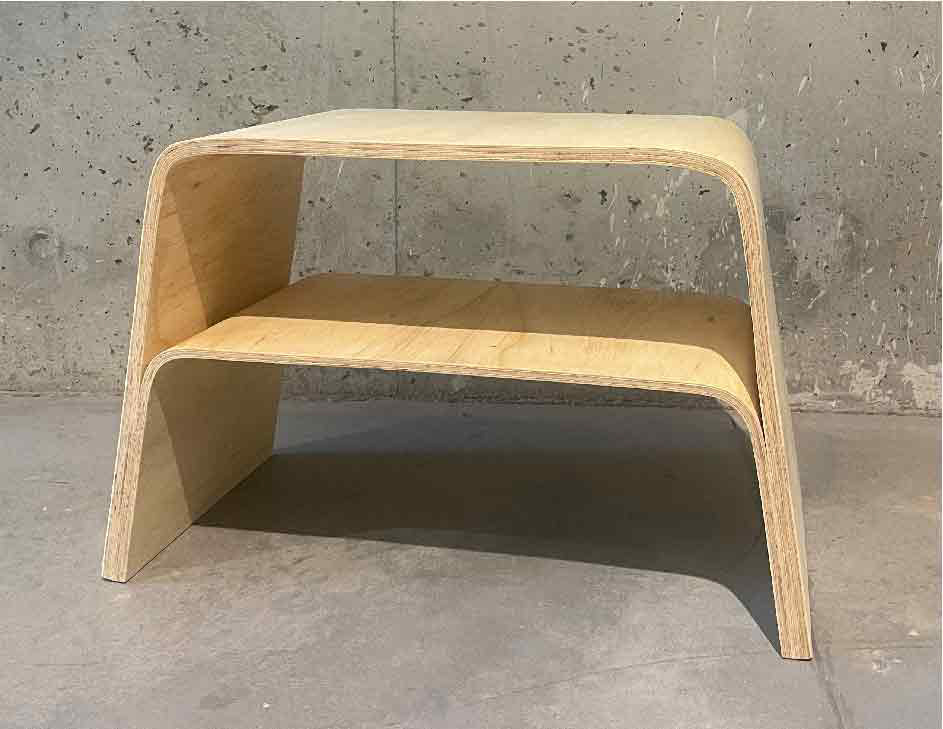
Carly Bodenhausen - 2022
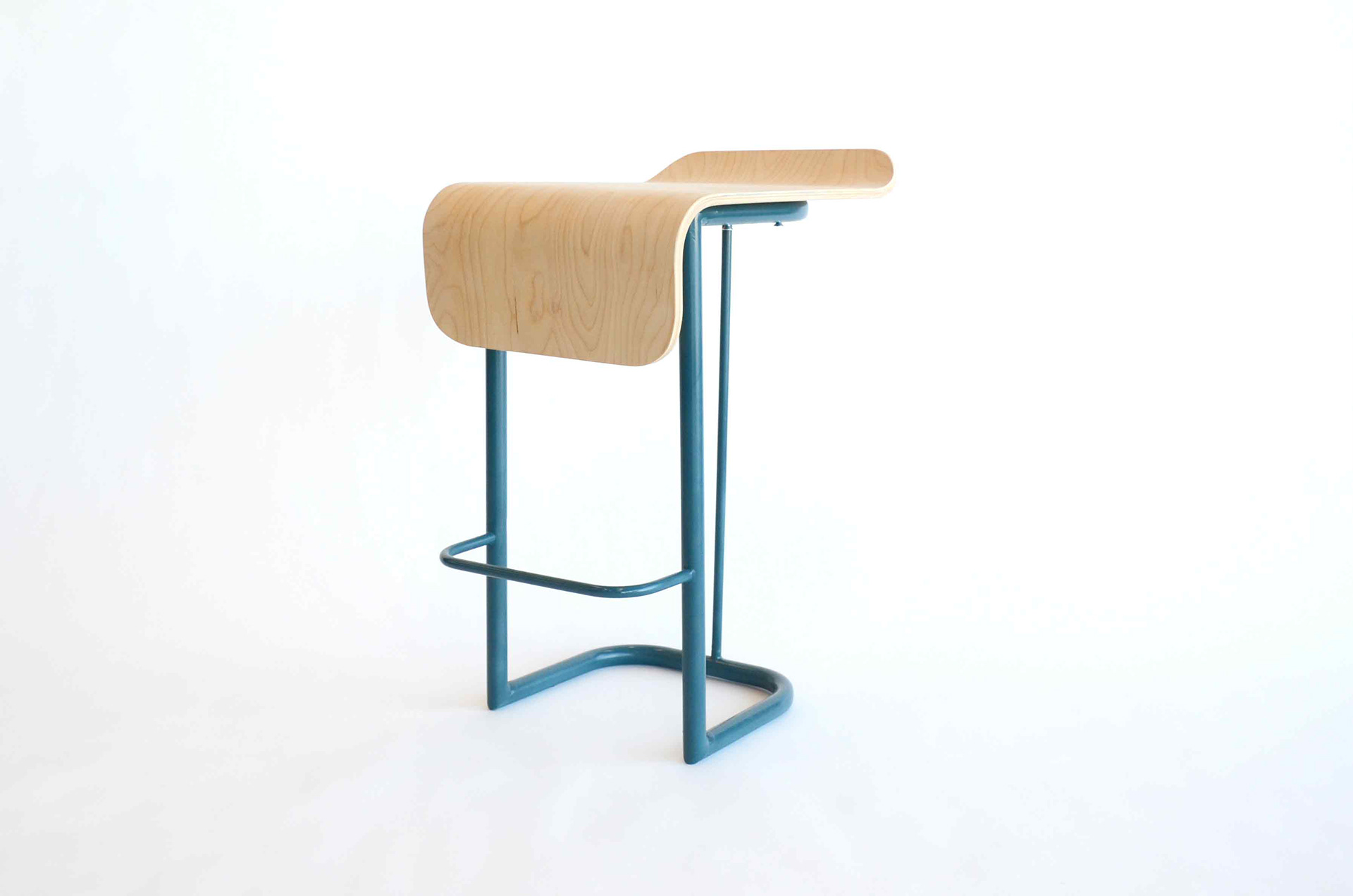
Maggie Ferguson - 2022

Maddi Carey- 2023
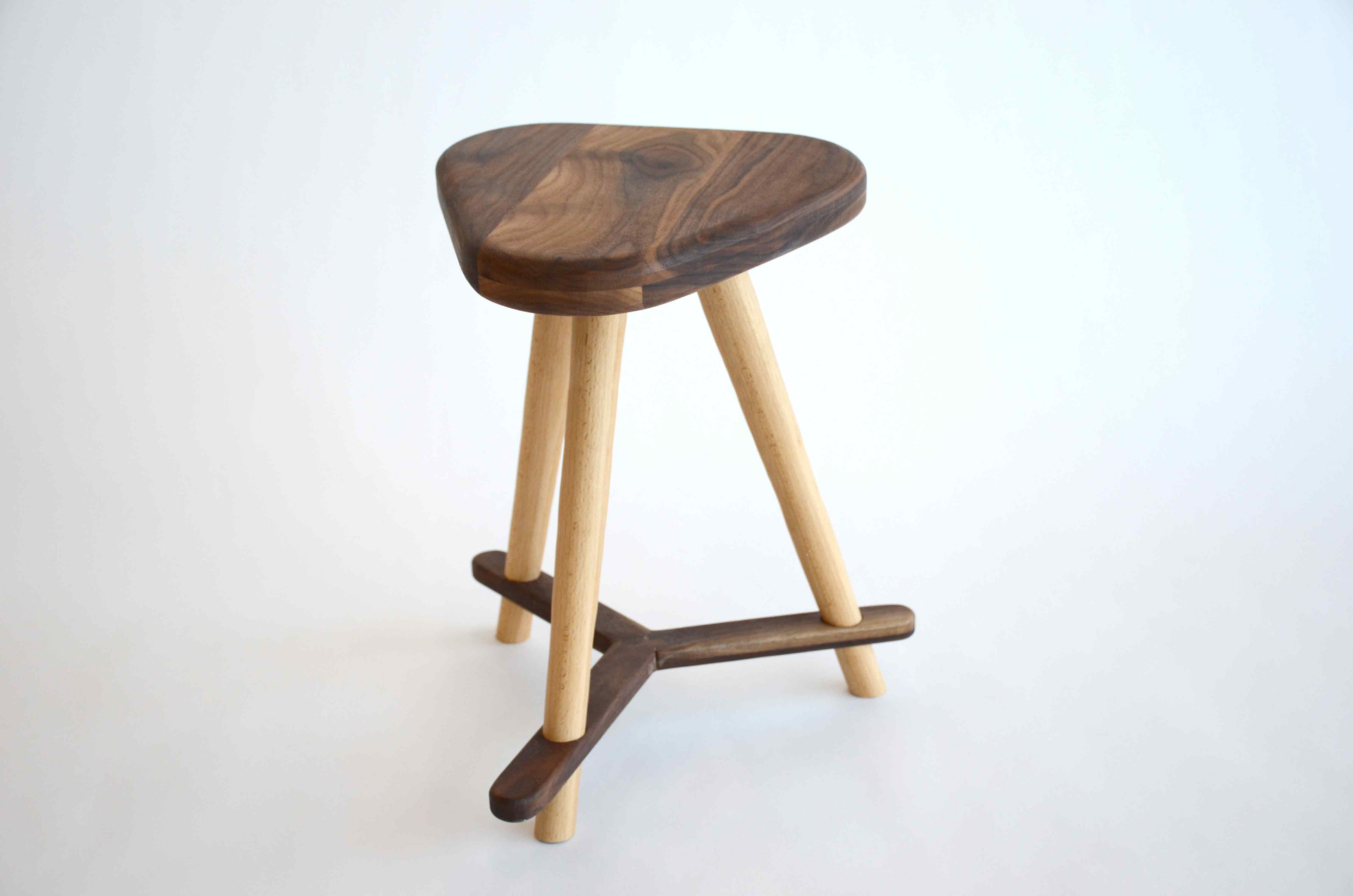
Emily Conner - 2022

Alyssa Sewell - 2022
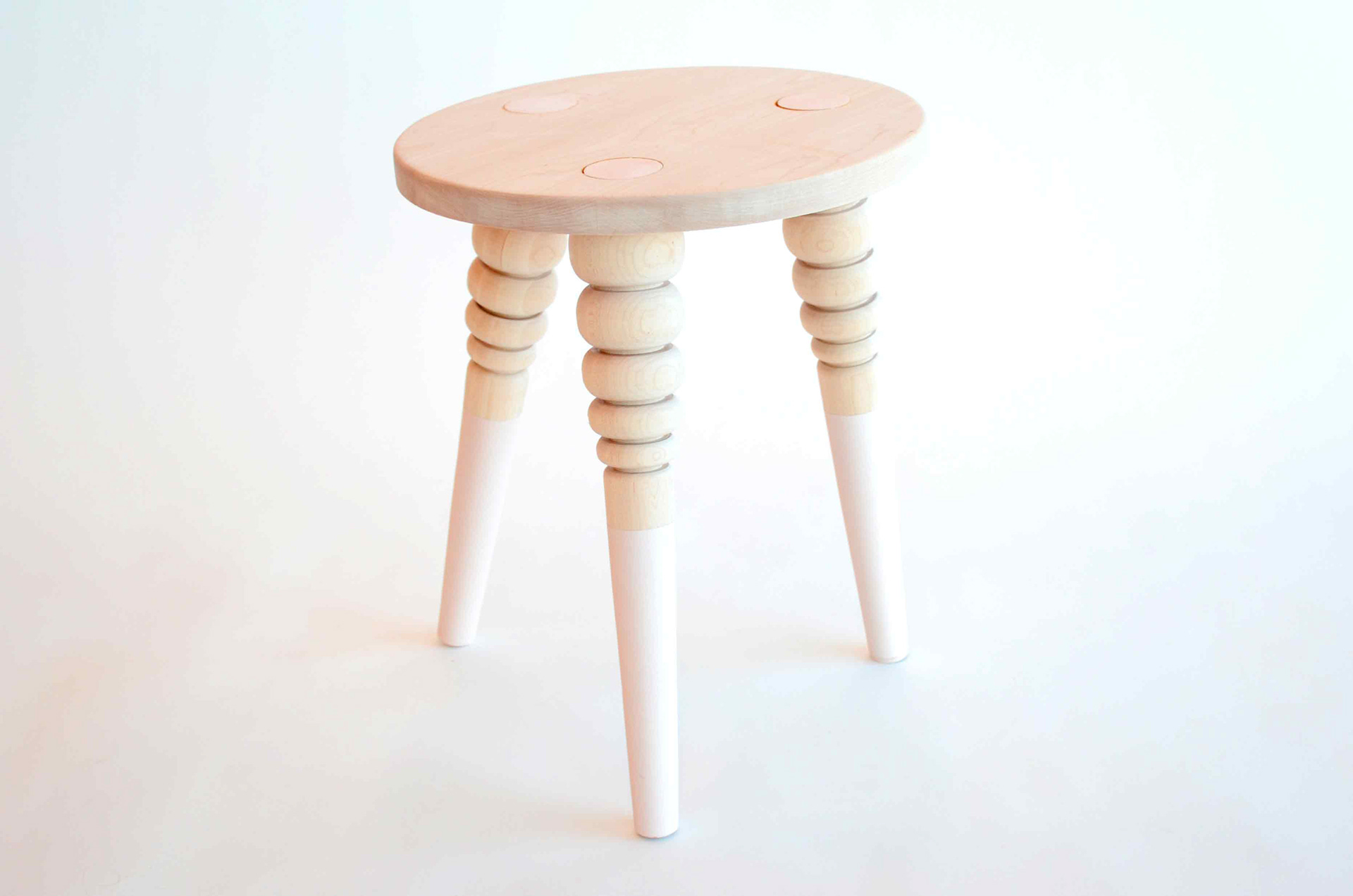
Raegen Orr - 2022
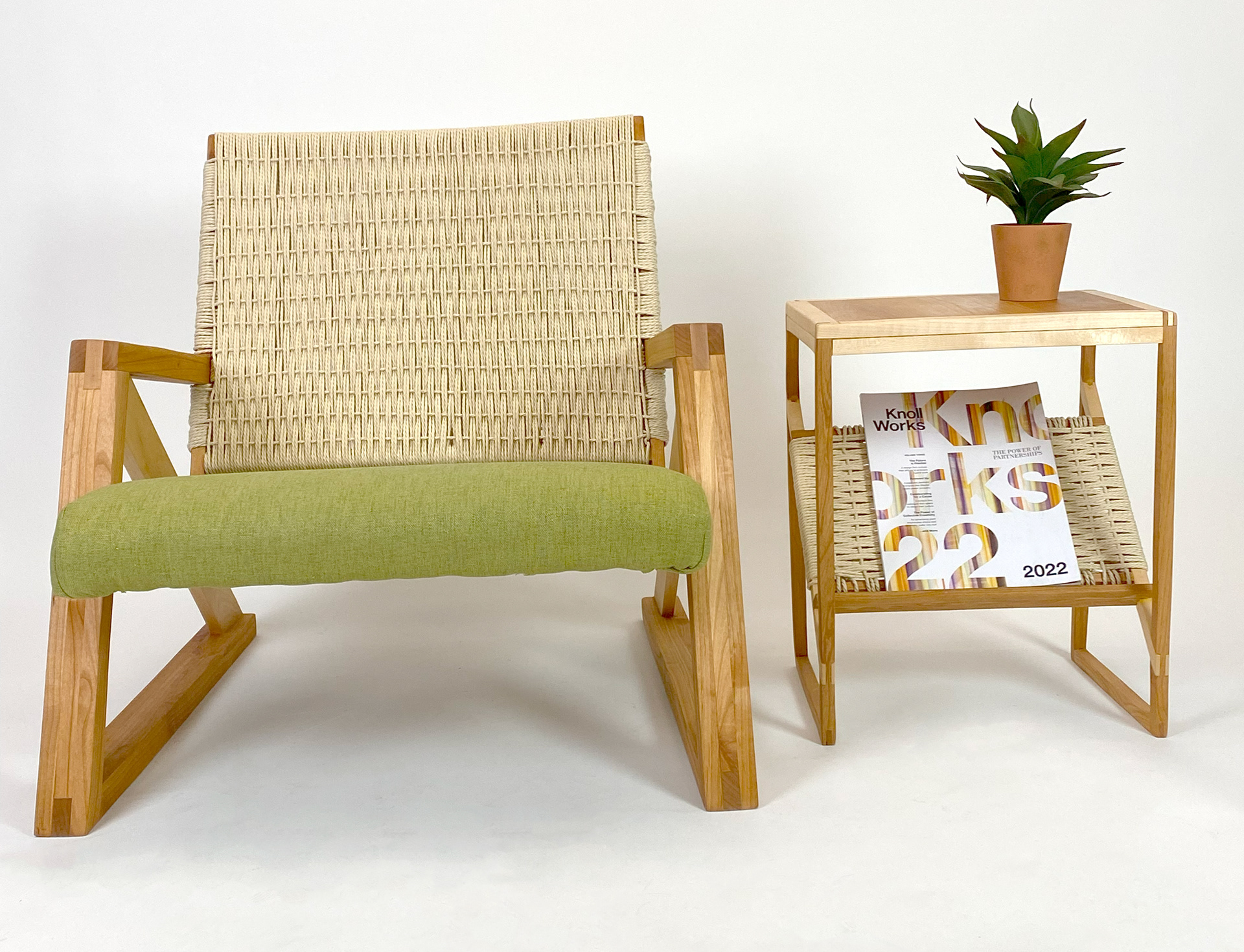
Grace Schmitt - 2023
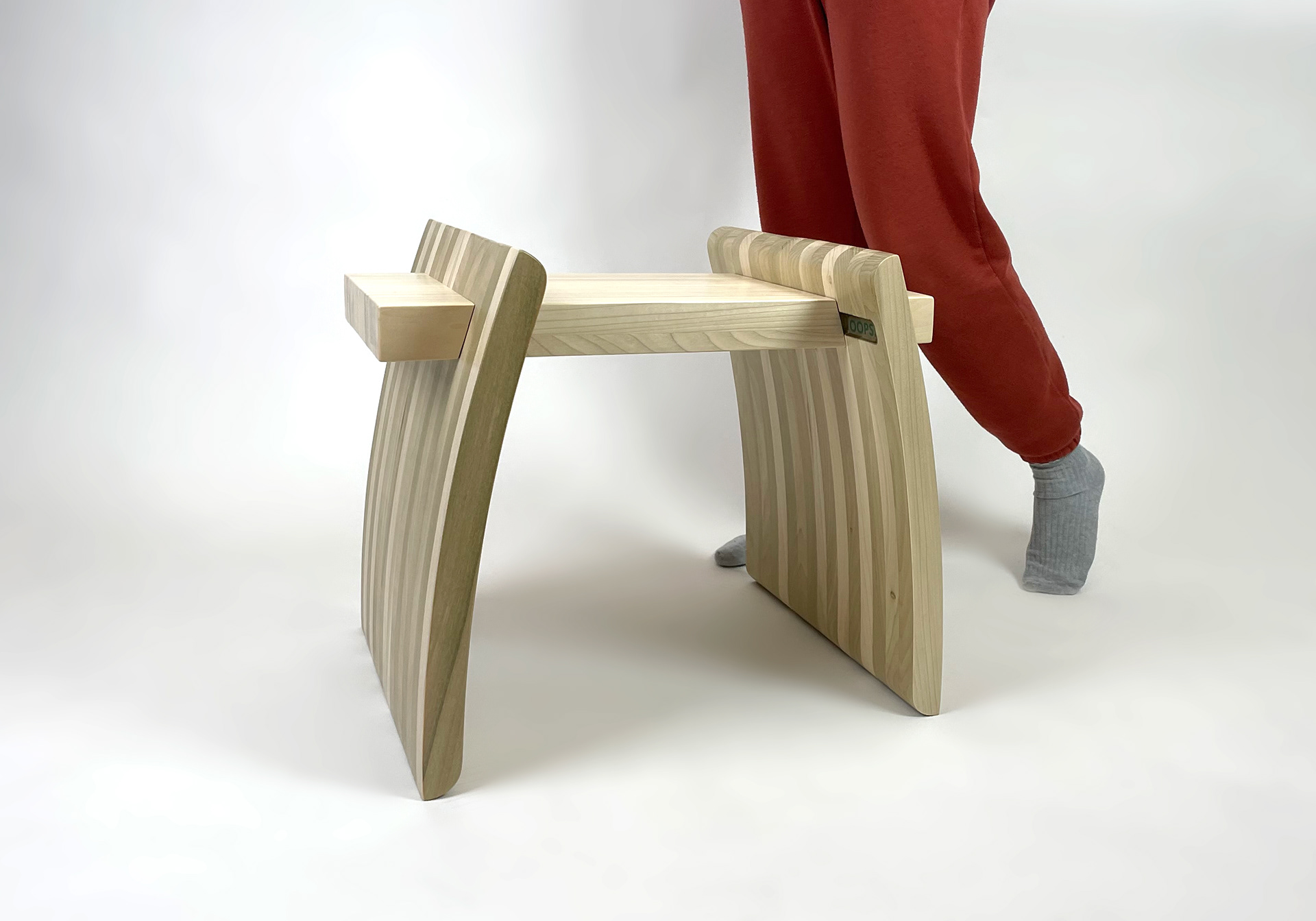
Caeli Clennan - 2023
Process Book Example
